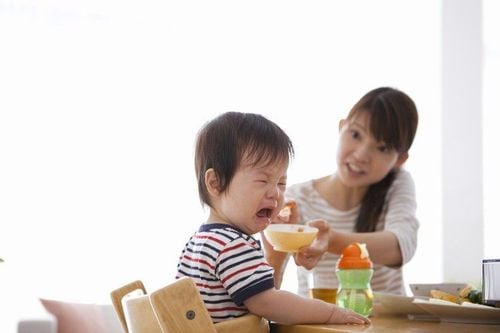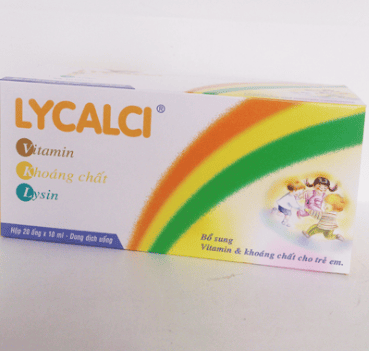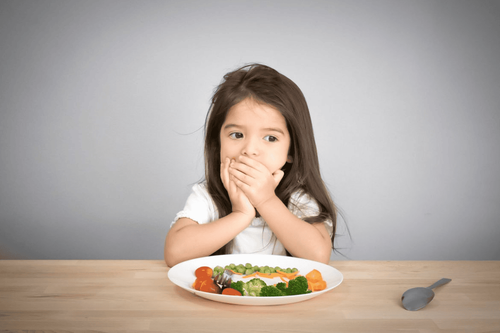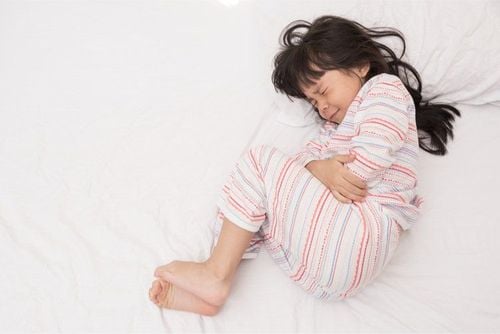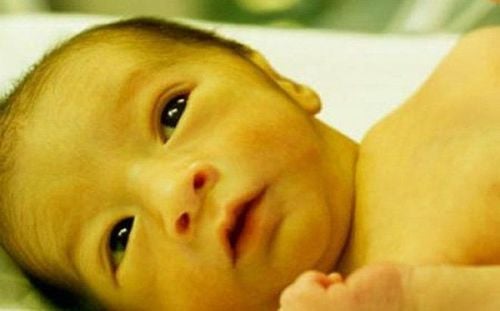This is an automatically translated article.
Physiological anorexia often appears when children are about to enter a period of physical change according to the natural development cycle, such as teething, rolling, crawling, walking, etc. So how long does physiological anorexia children last and when can children return to normal eating?
1. When is a child anorexic?
Anorexia is one of the common symptoms in young children, especially physiological anorexia. In particular, physiological anorexia is a condition in which children lose their appetite and eat less continuously for a period of time without being caused by physical diseases. When are children anorexic? Physiological anorexia usually occurs when a child enters a period of physical change according to the natural cycle of development, such as teething, crawling, crawling or walking,...
Stages Children often have physiological anorexia including:
3-4 months of age: this is the time when children raise their heads and roll over. get used to a variety of new foods. 9-10 months old: children begin to learn to walk and learn to walk 16-18 months old: at this stage, children often explore the world around them, so they show anorexia, no interest in food. 2 years old - 3 years old: the period when children start going to preschool and kindergarten. This changes the living environment and diet will have a significant impact on psychology, causing children to be born anorexic. In addition, some other stages in the child's development also have the potential to cause physiological anorexia in children such as teething period, children changing living environment such as moving house or having a caregiver. new as domestic help,...
Watch now: Distinguish physiological anorexia - pathological anorexia
2. How long does physiological anorexia last?
How long does physiological anorexia child last? Physiological anorexia usually occurs in about 2-3 weeks and rarely affects health. However, according to statistics, about 40% of children have physiological anorexia that lasts continuously for many months and this will clearly affect the development of children. After this period of change, when the child's body adapts, the child will eat normally again.
Watch now: Limiting physiological anorexia in children: How long should meals be separated?
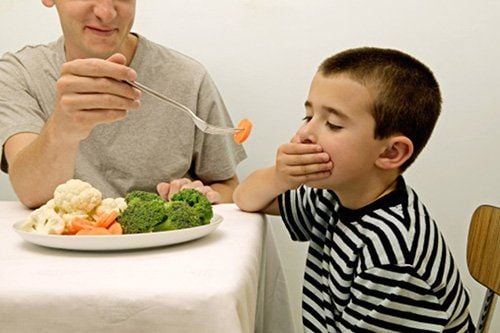
Giải đáp biếng ăn sinh lý kéo dài bao lâu?
3. Physiological anorexia child symptoms
Children with anorexia will usually have some of the following symptoms:
For breastfed babies: the baby suddenly sucks less than usual, little or no waking up at night to feed, the duration of each feeding will be short. than. In addition, babies do not actively ask for breast milk or even resist being breastfed. For children who eat solid foods or eat rice: only eat some dishes and refuse to eat new foods. Children often skip meals or eat very little. When eating, the baby cries or sucks food. Children are hyperactive, naughty and not interested in food. Your child suddenly loses weight or doesn't gain weight for a while.
4. How to overcome physiological anorexia children
Physiological anorexia usually does not affect the health of children, so parents should not be too worried. However, at this stage, mothers also need to pay more attention to their children's meals to stimulate them to eat as much as possible. Some measures to help reduce physiological anorexia such as:
Increase the number of meals a day, reduce the amount of food in each meal to shorten the time to eat at each meal, but still ensure adequate nutrition. for baby. Prioritize choosing foods that are soft, liquid, easy to digest such as soup, soup, porridge,... Decorate colorful and eye-catching dishes to create a sense of excitement and discovery of food in children. Encourage children to drink more milk and supplement with snacks such as yogurt, cheese, cookies, fruit,... In short, physiological anorexia often appears when children are about to enter a transitional period. Physical changes follow the natural cycle of development such as teething, rolling, crawling, walking,... Physiological anorexia happens very quickly and after this period the child will return to eating. Drink normally, so parents do not need to worry but calmly give adequate nutrition to the child. In the case of children with prolonged anorexia, malabsorption, and growth retardation, parents should supplement children with supportive products containing lysine, essential micro-minerals and vitamins such as zinc, chromium, selenium, and B vitamins. help meet the nutritional needs of children. At the same time, these essential vitamins also support digestion, enhance nutrient absorption, help improve anorexia, and help children eat well. Parents can simultaneously apply dietary supplements and functional foods derived from nature for easy absorption. The most important thing is that improving your baby's symptoms often takes a long time. Combining many types of functional foods at the same time or changing many types in a short time can make the baby's digestive system unable to adapt and completely not good. Therefore, parents must be really patient with their children and regularly visit the website vimec.com to update useful baby care information.




